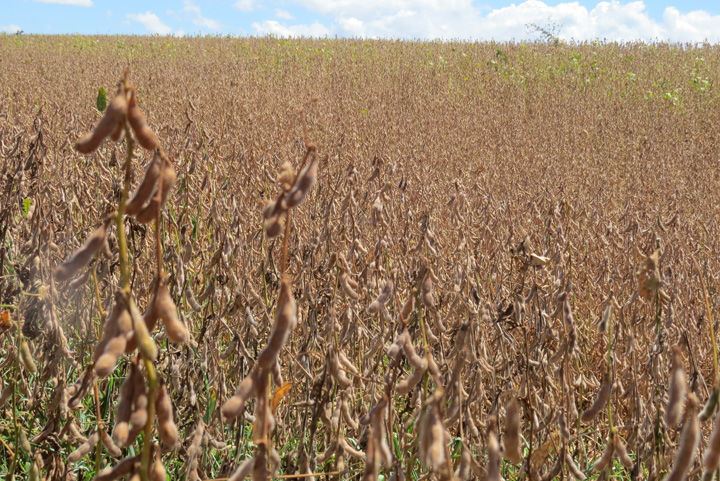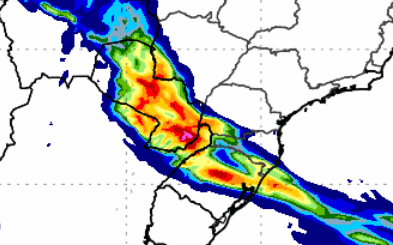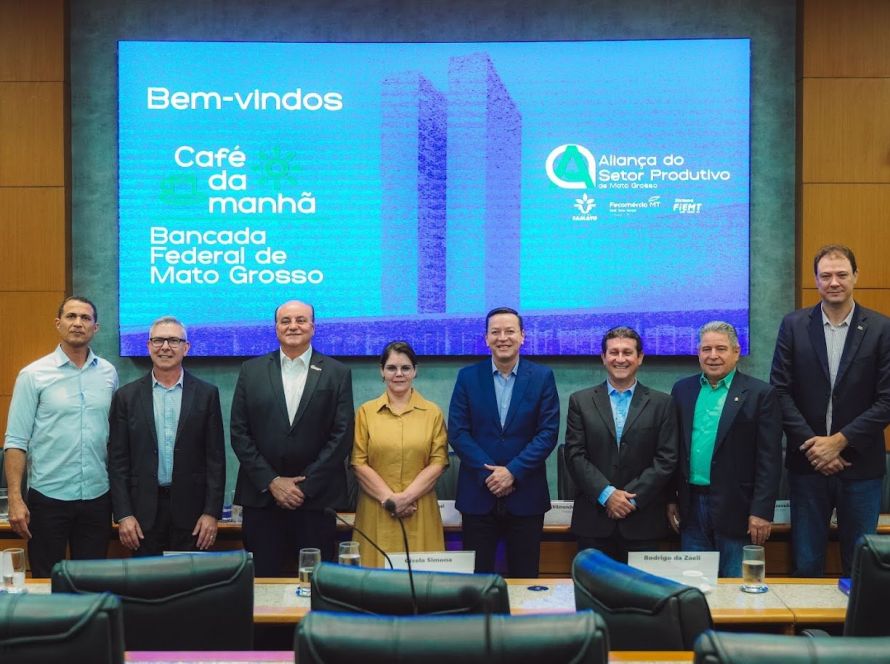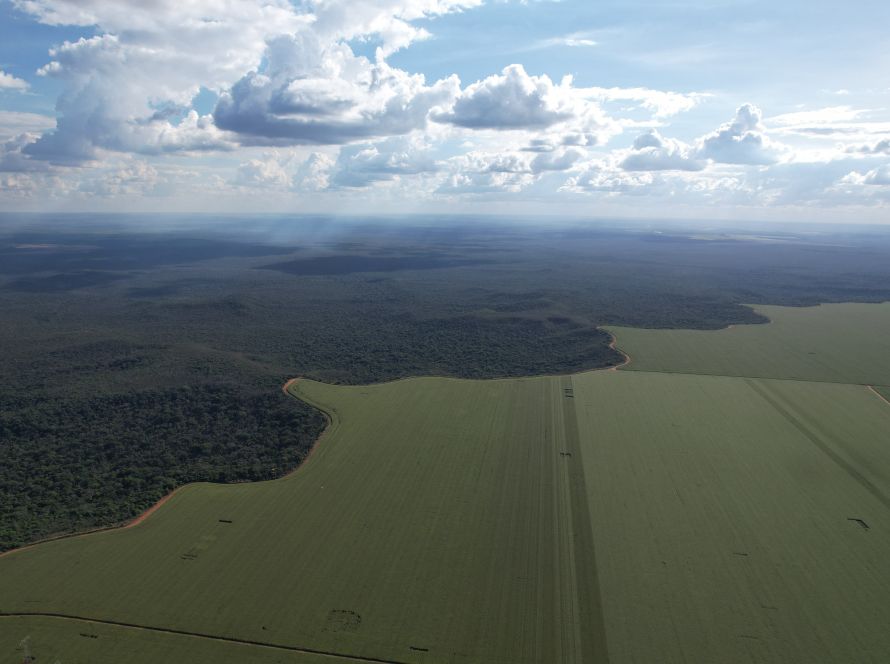The 2024/25 cotton harvest in Mato Grosso is on track for historic results. The state is the largest producer of the fiber in the country. According to the September 1, 2025, report from the Mato Grosso Institute of Agricultural Economics (IMEA), the average yield for the cycle was estimated at 308.08 arrobas per hectare, representing 5,61% above the previous harvest. If confirmed, it will be the second-highest average yield in history. The good performance is related to unseasonable rainfall, which extended the crop cycle. "We had rain conditions at crucial moments in the main producing regions," explained Daniela Dalla Costa, a Phytoscience researcher at the Mato Grosso Agricultural Research Support Foundation (Fundação MT).
Although the unusually heavy rainfall in May and June affected a few crops that already had open bolls, it resulted in increased productivity across most of the cultivated area. This was the case at the MT Foundation's research site in Sapezal. "The May rains, in particular, caused greater retention of reproductive structures, which triggered greater boll filling and resulted in higher final yields," said the researcher.
In the MT Foundation trial in Sapezal, an average of 393 arrobas of seed cotton per hectare was observed, with some areas reaching a productivity of 457 arrobas per hectare. "This is a figure from a year in which we had atypical rainfall. This doesn't happen every year. We need to ensure crop management, cultivar selection, and sowing timing to achieve higher yields," warned researcher Daniela Dalla Costa.
The area cultivated with cotton in the state, according to IMEA, remains estimated at 1.52 million hectares, which represents an increase of 4,18% in relation to that recorded in the 23/24 harvest. With this, the total production expected for the 24/25 harvest is 7.04 million tons of seed cotton, of which 2.90 million tons are cotton lint, 11,38% more than in the previous cycle.
Time has made up for the delay in cotton planting, but producers are still managing rising production costs.
Atypical rains offset the delay in cotton planting in the state. According to the latest IMEA report, the harvest is around 8% behind the previous harvest. The cotton fiber cycle was delayed from the beginning due to soybean planting, which was postponed due to lack of rain, impacting the cotton calendar. Producer Alexandre Schenkel, who is also an agricultural engineer, emphasizes that, despite the risks of late planting, the harvest exceeded expectations. "It was a year with excellent production and quality. The weather helped, and we had good HVI (fiber quality index) results," he explained.
The climate factor and the challenges of the 24/25 harvest were discussed during the 17th Technical Cotton Meeting, held by the MT Foundation in early September in Cuiabá. "Due to high costs and low prices, it was a year when we really needed to produce well. Most cotton producers will be able to achieve good productivity. This brings peace of mind for planning the next harvest," said rural producer Lucas Daltrozo, from Primavera do Leste, who represented the southern region on the panel.
Expectations for the 25/26 cotton harvest
With the harvest almost complete, farmers and experts are already planning the next sowing season. "It's still too early to assess whether to reduce the area, but I believe it will happen, given production costs and all the challenges we're facing," said Márcio Souza, project and technology dissemination coordinator at the Mato Grosso Cotton Institute (IMA), who moderated the panel discussion on the results of the 2024/25 harvest at the event hosted by the MT Foundation.
"What will the producer do? Those areas where there is no productive potential will not be planted because the producer doesn't want to take risks, he wants to seek the maximum production ceiling," stated Márcio Souza.
For Fernando Piccinini, agricultural manager of the Bom Jesus Group, identifying and segregating the most productive areas was crucial to understanding where to invest. "We identified plots above 400 arrobas and others below 250," he reported. "The idea is to evaluate, based on this harvest, what we'll do differently next year," the agricultural manager concluded.
Another issue that Mato Grosso cotton farmers continue to monitor is the demand for cotton fiber from other countries. Regarding the 2024/2025 harvest, exports remain estimated at 2.06 million tons, according to IMEA. Competition in the textile industry is from synthetic fiber. "We need to continue investing in certifications like ABR (Responsible Brazilian Cotton) and Better Cotton. Show the world that our fiber is natural, non-degrading, and leaves no residue for future generations," stated Alexandre Schenkel, rural producer and current president of the Brazilian Cotton Institute (IBA).





